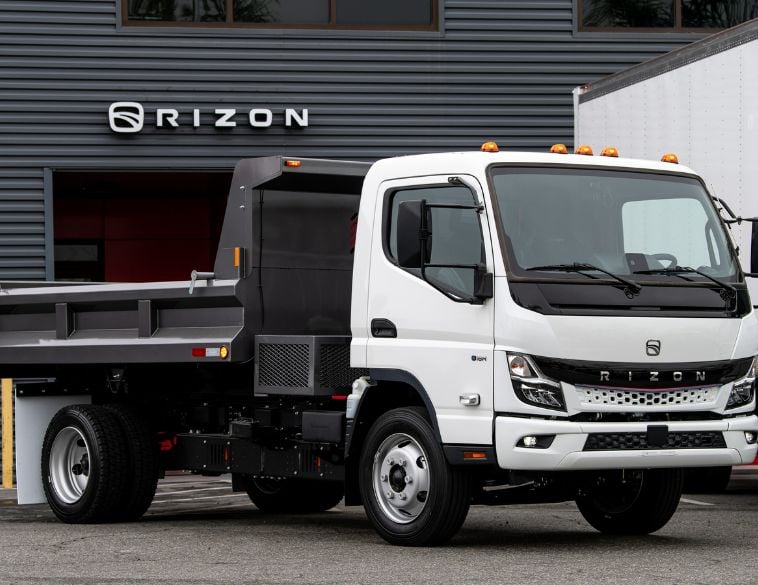Converting a gas-powered Purolator parcel delivery truck to electric drive has proven to have many cost savings.
This pilot project was undertaken by Sylvan Castonguay, founder of Nordresa with the assistance of the Innovative Vehicle Institute (IVI), a non-profit organization that supports businesses in the fields of applied research, development, assessment and implementation of innovative vehicle technologies. Their findings were presented at the Electric Vehicle Conference and Trade Show in Markham, Ontario Held at the Markham Hilton May 29th to June 1
“IVI works with small and medium sized businesses and has been working with electric vehicles under different names since 1996, and we have been working on autonomous technology for about three years now,” explained Freddrick Prigge, Head of the R & D Division of IVI. Prigge is an electrical engineer with more than 17 years of electronics and hardware-oriented programming with expertise in electric propulsion and battery design.
The Purolator truck build took less than a year. It was in full service running routes in downtown Montreal when it was taken off the road for the conversion to electric. “We started with a simulation to size the motor and batteries to get the proper drive cycles. This was the most challenging part,” explained Prigge.
Their goals included having an 80-kilometre range to cover the parcel delivery route, plus it had to run 100 kilometers per hour and handle 15/% grades.
“Our simulation showed slightly over 500 kW hours per kilometer consumption, so that’s how we sized the battery. Grade was much greater than required, but in the end, we used a small, three-phase, slow turning, high-torque motor. We ended up being in the sweet spot of that motor,” added Prigge.
Quick turnaround
Since it is a retro-fit, one of the goals was to have a quick turn-around. Taking a delivery truck off of its route costs money, so the retro-fit needs to be efficient. This retro-fit is possible to do in just under a week.
“We re-use a lot of hardware from the original truck, so this was a bit of a design challenge,” explained Prigge. The battery design was custom made for the vehicle to keep the weight balanced between the axles and keep the payload close to what it was originally.
Sylvan and his team of engineers wrote all the software and designed everything for this vehicle so they have the ability to tune it and debug it down to the last line of code. The vehicle is also equipped with a modem for remote diagnostics.
One thing that was very important to the courier drivers was how the regenerative braking performed. “We tried to go as vigorously as we could without locking the rear axle. It came very close to single pedal driving which the drivers like. To do a full stop at the street lights you have press on the brake but for a ‘Montreal stop,’ you’re fine just lifting your foot off the throttle,” explained Prigge.
The Nordresa ECU adds traction control to limit rear wheel slip in winter. Regen torque increases as speed decreases. At very low speeds, regen fades, and mechanical brakes need to be applied to get to a complete stop. Brake lights are triggered under heavy regen because deceleration is pretty harsh.
“We have designed a battery that can double the range to 200 kilometers and it is almost the same size as the battery we use now,” added Castonguay. Average governed speed is 40 kilometers per hour but it can go much faster, and it can handle 28 per cent grades. It has a 5,000 lbs payload, just 1,000 pounds below their target.
“We increased efficiency globally by 600 per cent and reduced the cost of driving and maintenance by almost 90 per cent. Annual savings are in the range of $12,000 per year based on 80 kilometers of daily driving. If you doubled that to 160 kilometers per day you would double your savings,” added Castonguay.
Savings of greenhouse gases are in the range of 20 tonnes annually, and over a ten year period, the vehicle will pay for itself. Nordresa is currently taking orders for parcel vehicle conversions.


